Wende Building, a historic Western-style building nestled in Guangzhou's Yuexiu District, officially opened to the public recently. The building, once the marital residence of the late Chinese Premier Zhou Enlai and his wife Deng Yingchao, is hailed as one of Guangzhou's most romantic landmarks in Chinese revolutionary history.
Additionally, there are more centennial Western-style buildings scattered in this city. These timeless architectural relics have been transformed into libraries, galleries, and museums, offering a glimpse into the local history and culture.

Wende Building
Constructed in the early 20th century, the Wende Building comprises five three-story structures. Over 90 years ago, Zhou and his revolutionary comrades lived in the building where he and Deng Yingchao married.
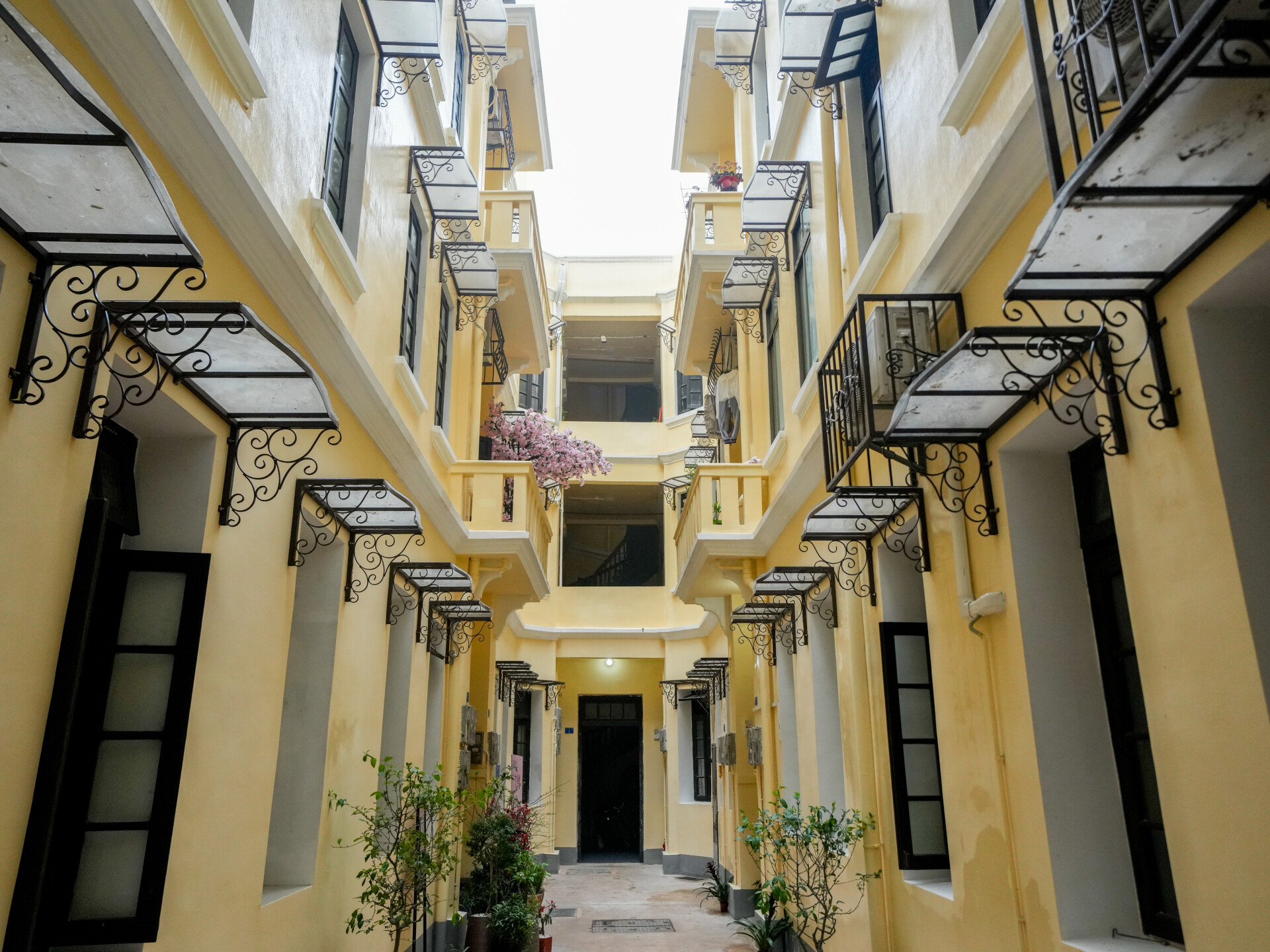
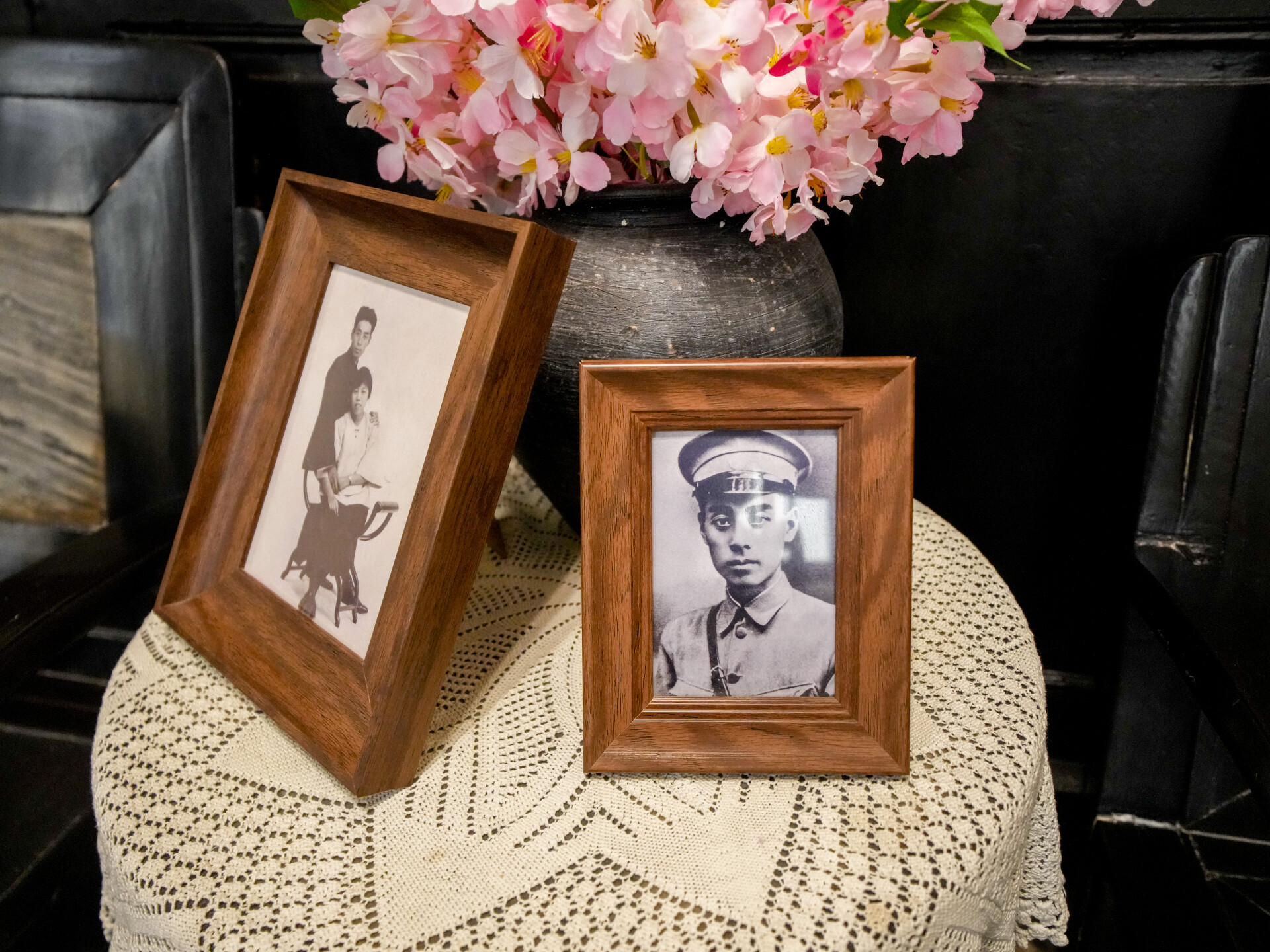
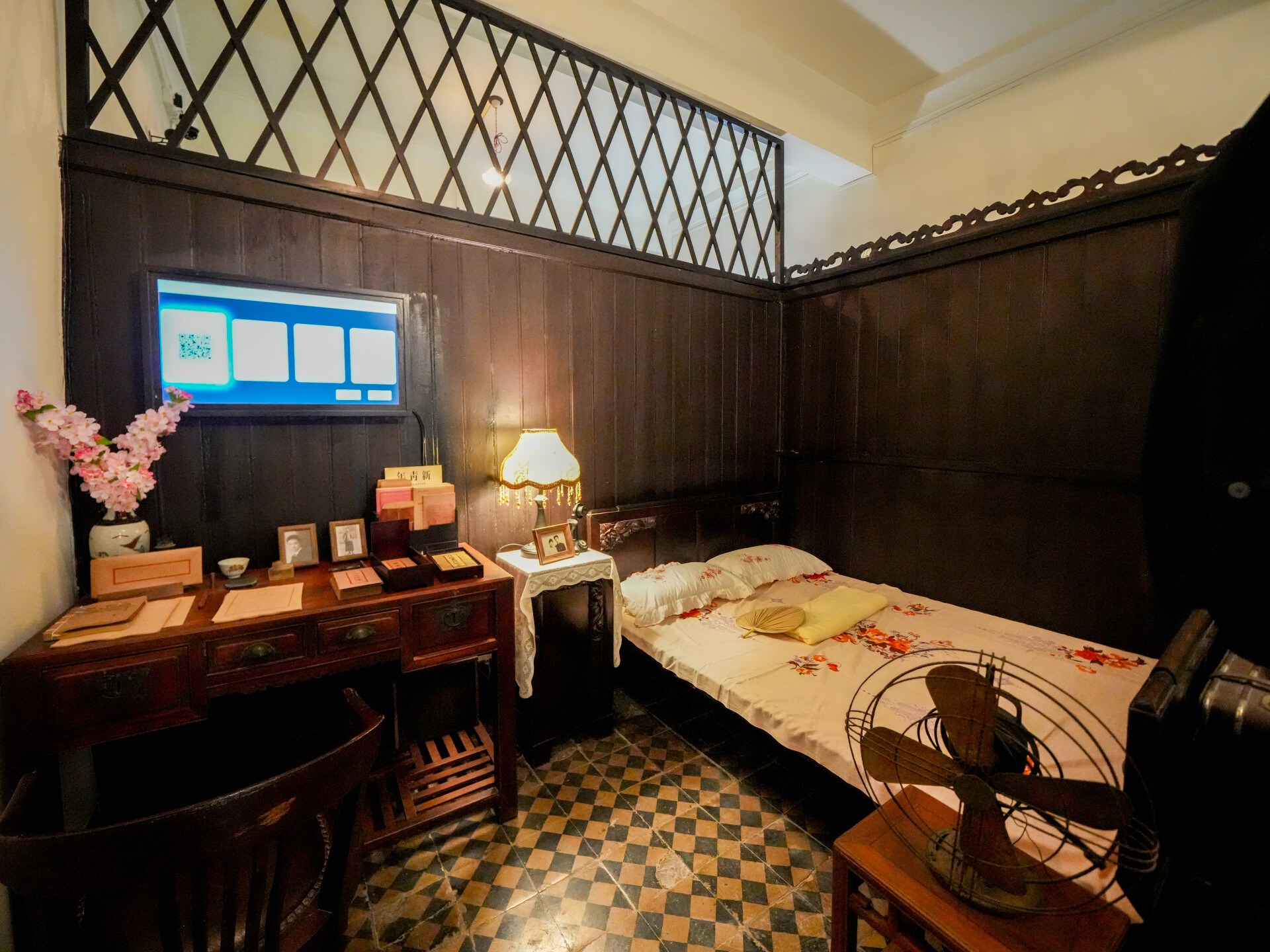
(Photo: Zhong Yong, Li Wenbo)
Now, the second floor of Wende Building No. 3, presenting a "home" of over 40 square meters, stands before the public after restoration. Through furniture, writing implements, and letters brimming with stories, it recreates the experiences of Zhou and Deng. Furthermore, visitors can scan QR codes at different points within the building to learn about the tales behind each revolutionary episode.
Add.: Wende East Road, No. 25-27, Yuexiu District, Guangzhou (广州市越秀区文德东路25-27号)
Reservation: Via WeChat official account "广美创展 (pinyin: guang mei chuang zhan)"
Nearest Metro station: Take Metro Line 1, get off at Peasant Movement Institute Station (农讲所站) and use Exit A; Take Metro Line 6, get off at Beijing Lu Station (北京路站) and use Exit B
Bai Yuan
Built around 1923, Bai Yuan (Bai Garden) used to serve as the former site of the Institute of History and Philology, Academia Sinica in 1928. Featuring a three-story red brick building, it stands as the largest existing residential building of the Republic of China period in Guangzhou.
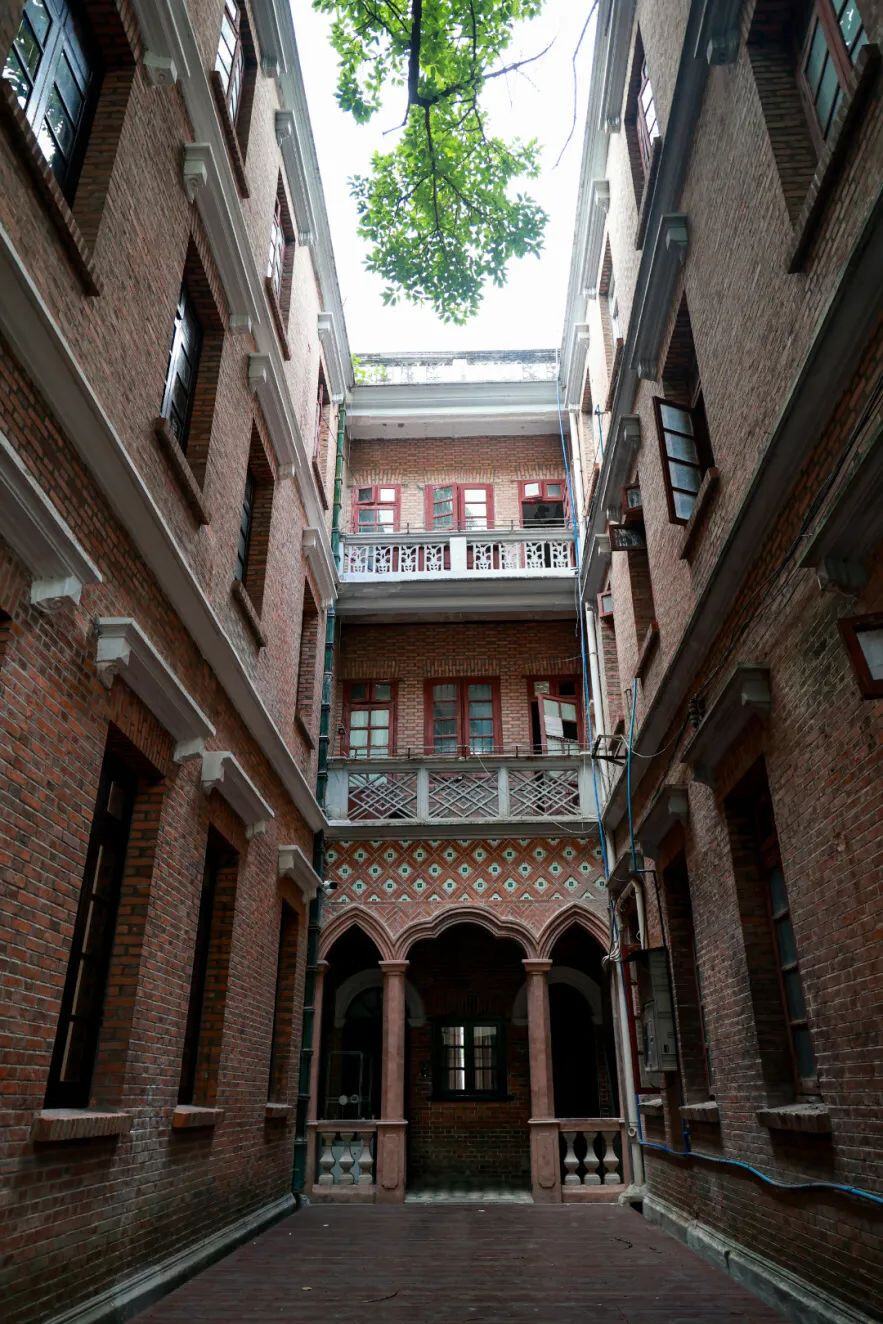
(Photo: Guangzhou Yuexiu Fabu)
The first floor of the building has been transformed into a book bar, co-established with the Sun Yat-sen Library of Guangdong Province. The second floor, previously housing the institute's library and researchers' studios, now hosts a historical exhibition hall narrating the institute's establishment, research achievements, and the revitalization of Bai Yuan.
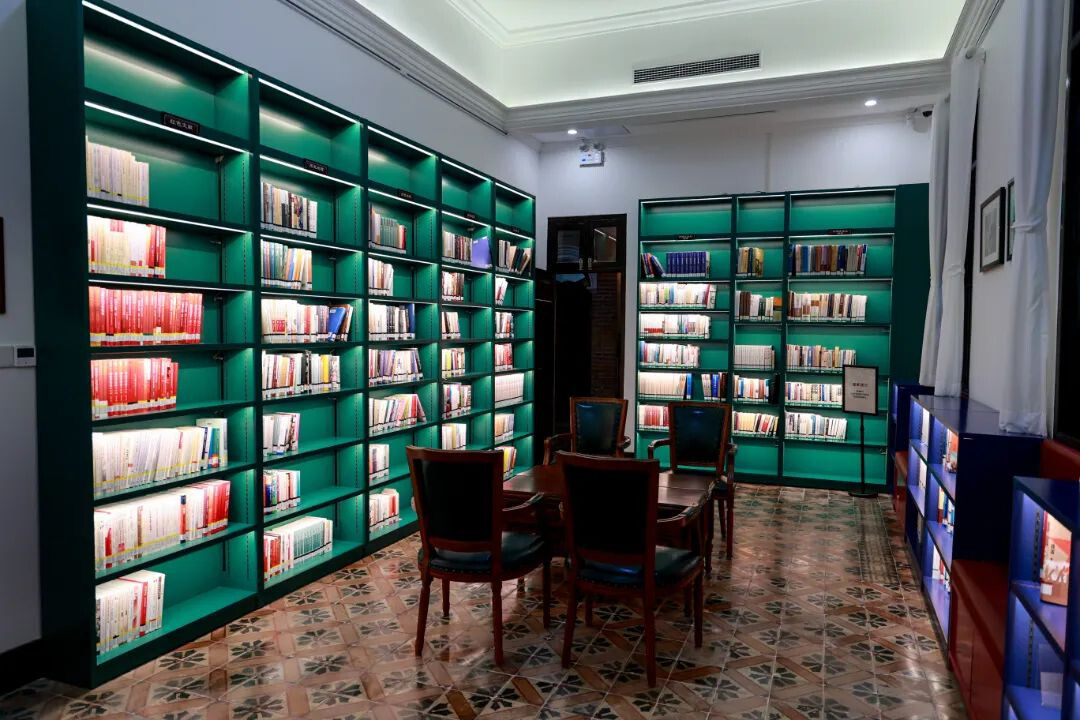
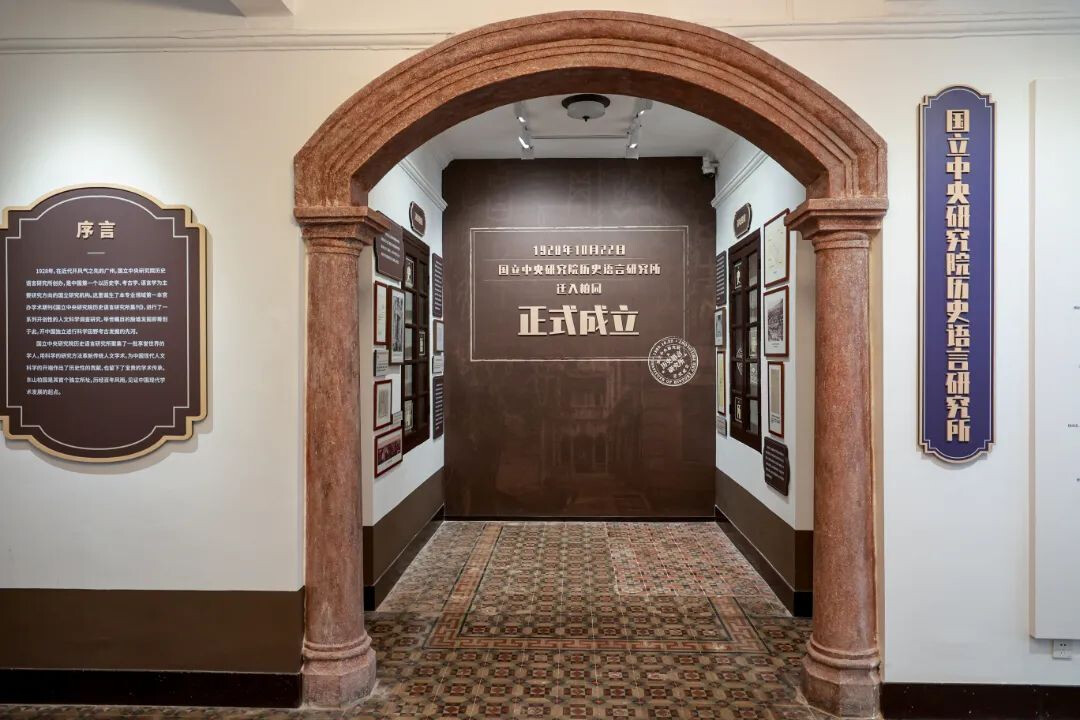
(Photo: Guangzhou Yuexiu Fabu)
Add.: No. 12, Xugu Yuan Road, Yuexiu District, Guangzhou (广州市越秀区恤孤院路12号)
Nearest Metro station: Take Metro Line 1 or 6, get off at Dongshankou Station (东山口站) and use Exit E
Kui Yuan
Strolling through the Xinhepu historical and cultural block of the Dongshankou area, you may be drawn to Kui Yuan, a century-old red-brick establishment built by overseas Chinese Ma Zhuowen in 1922.
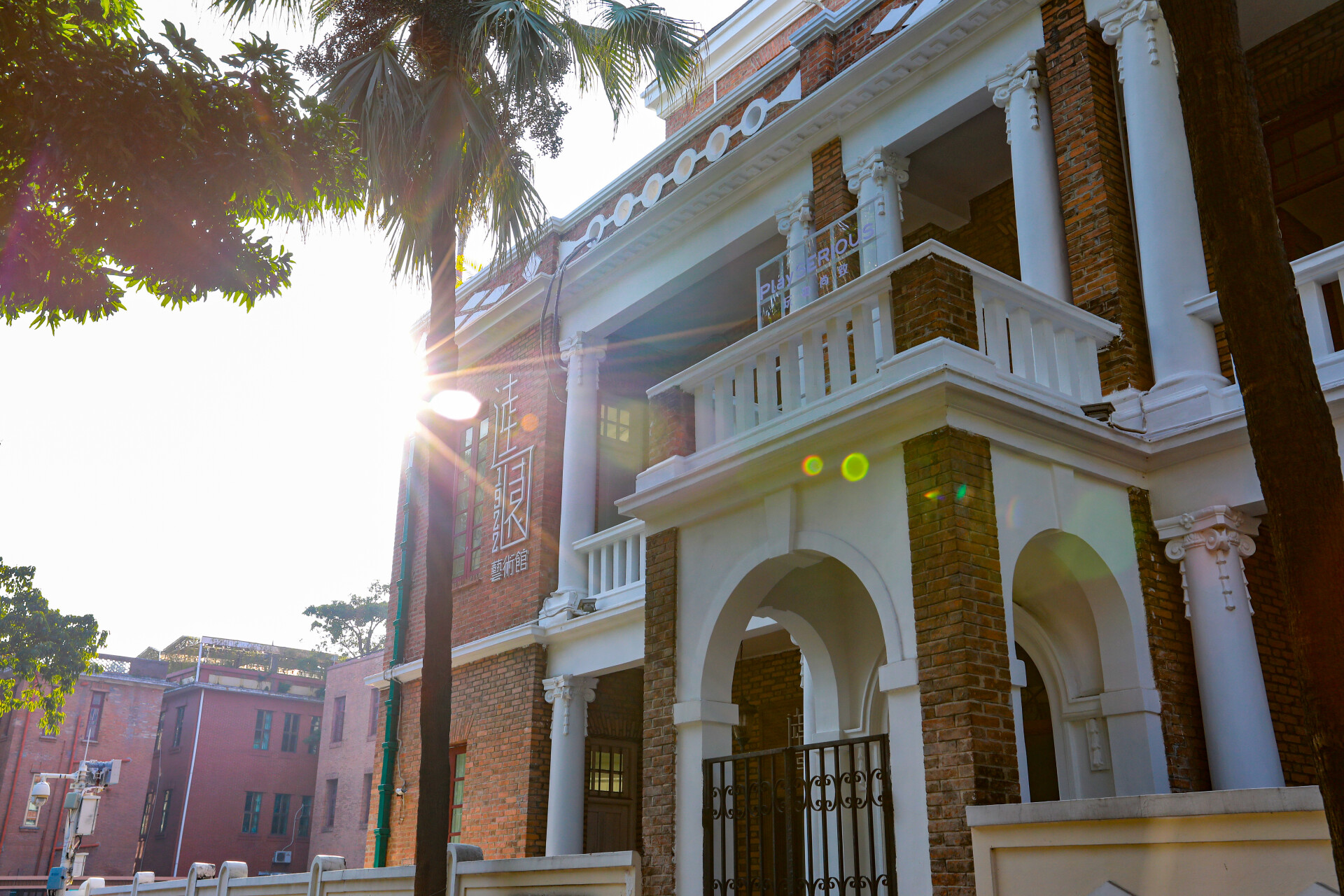
(Photo: Zhong Yong, Li Wenbo)
In 2012, the long-vacant building was transformed into the Kui Yuan Gallery, an innovative art space integrating galleries, cafes, and cultural activities, which has become a representative of the revitalization of Guangzhou's cultural relics.
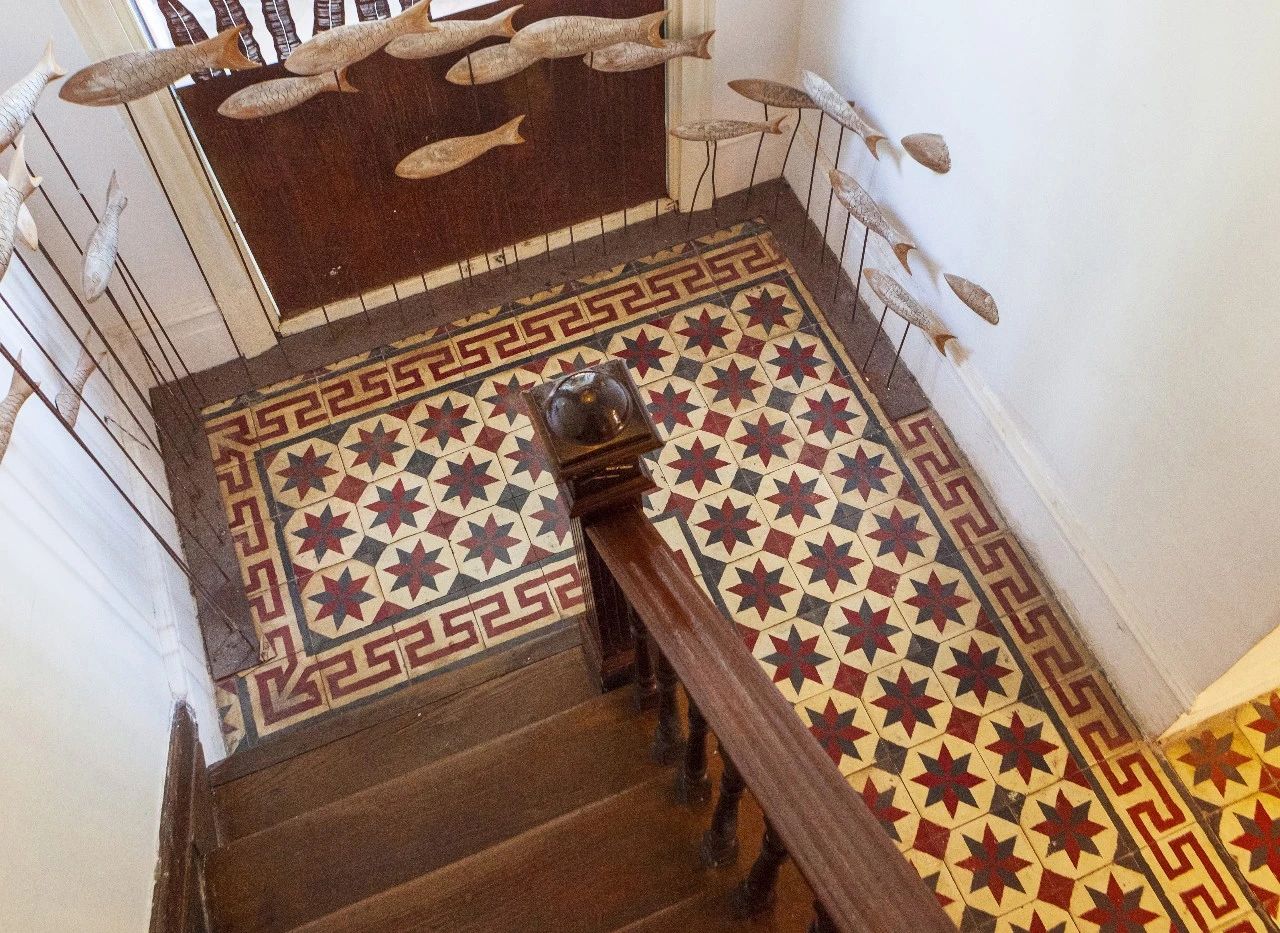
(Photo: Guangzhou Yuexiu Fabu)
Add.: No. 9, Xugu Yuan Road, Yuexiu District, Guangzhou (广州市越秀区恤孤院路9号)
Nearest Metro station: Take Metro Line 1 or 6, get off at Dongshankou Station (东山口站) and use Exit E
Former residence of Chen Lianbo
The former residence of Chen Lianbo, a merchant in the Qing Dynasty, was transformed into a new exhibition area of the Liwan Museum. Dating back to the 1920s, the western style garden villa boasts a yellow exterior, European-style colonnades, arched balconies, and a spiral staircase. The exhibits in the museum vividly portray the lives of Guangzhou merchants in the old days.
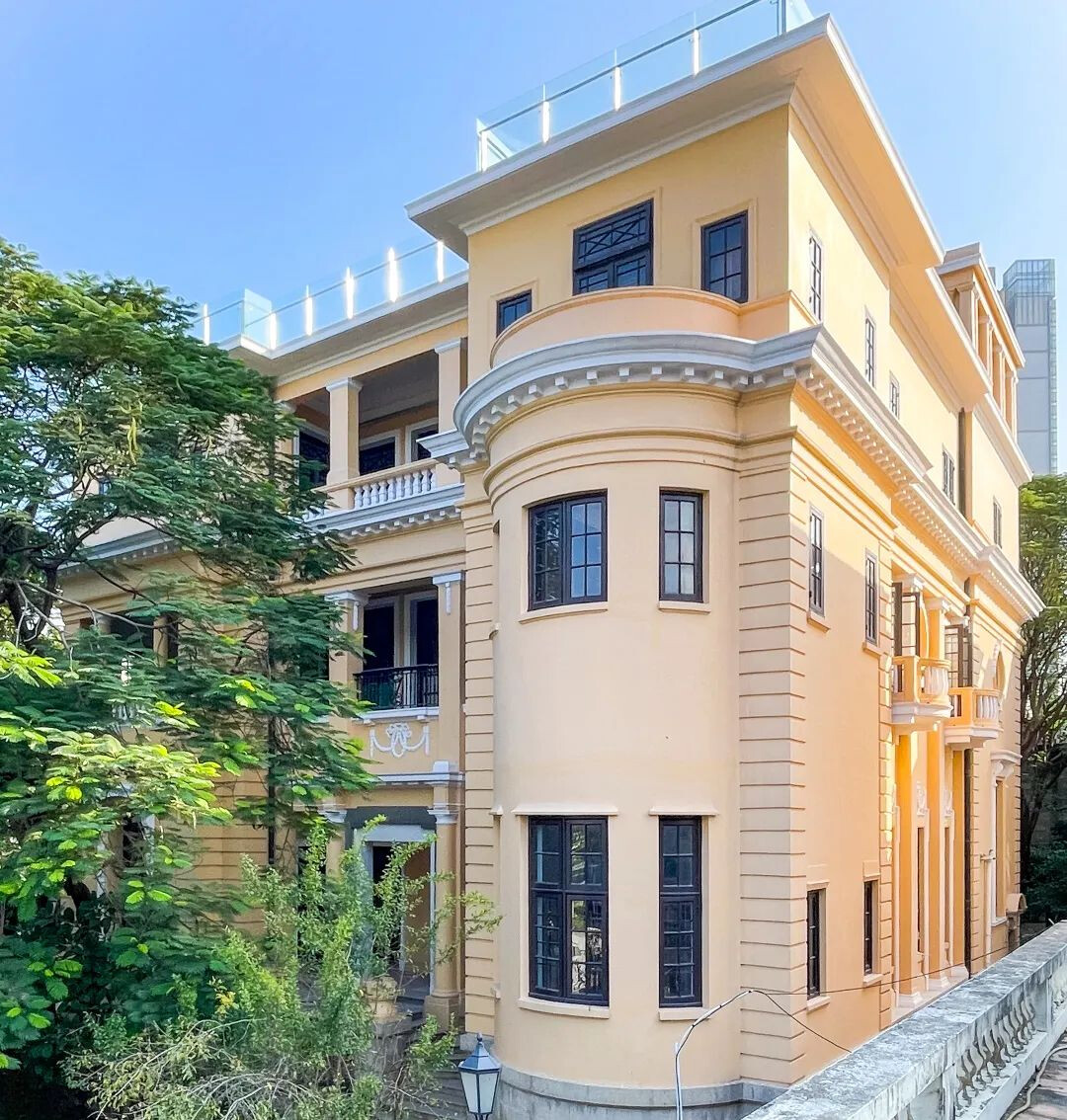
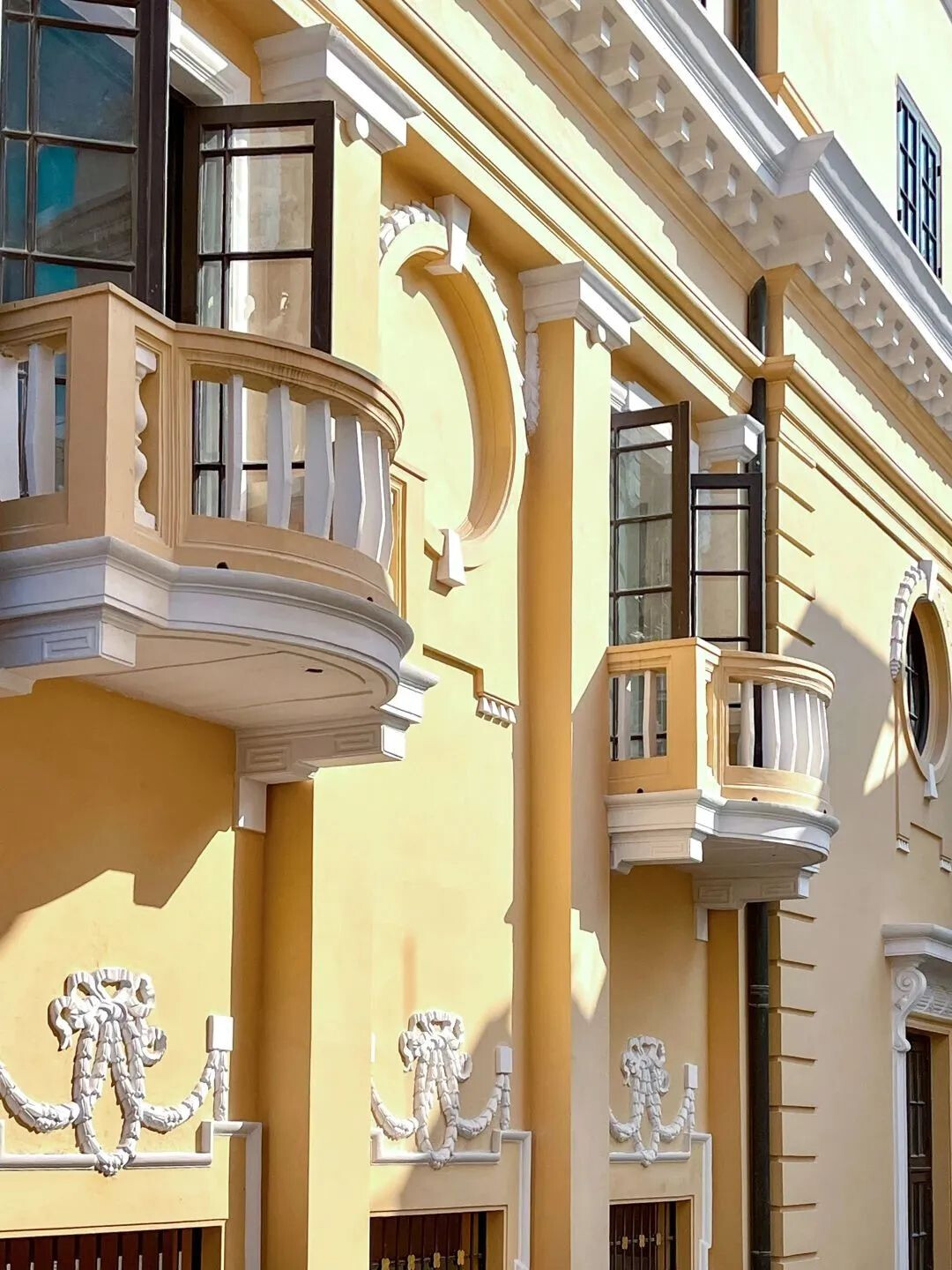
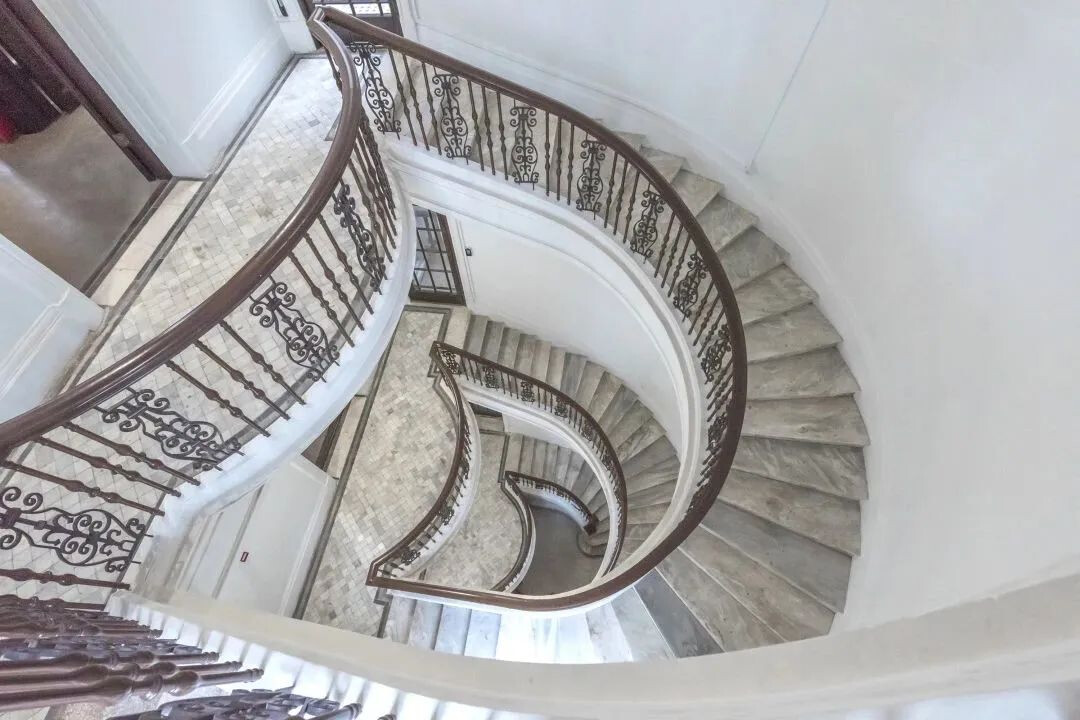
(Photo: Guangzhou Liwan Fabu)
Add.: No. 36, Shadi Lane No.1, Fengyuan North Street, Longjin West Road, Liwan District, Guangzhou (广州市荔湾区龙津西路逢源北街沙地一巷36号)
Nearest Metro station: Take Metro Line 1, get off at Changshou Lu Station (东山口站) and use Exit B
Reporter | Holly
Poster | Mia
Editor | Nan, Monica, James
















